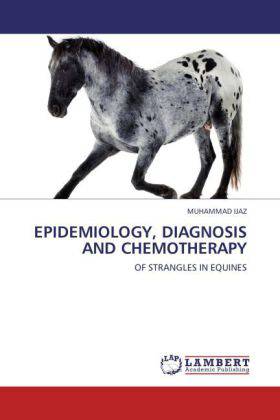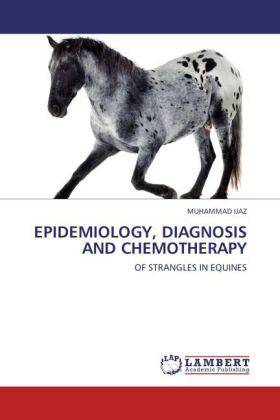
- Afhalen na 1 uur in een winkel met voorraad
- Gratis thuislevering in België vanaf € 30
- Ruim aanbod met 7 miljoen producten
- Afhalen na 1 uur in een winkel met voorraad
- Gratis thuislevering in België vanaf € 30
- Ruim aanbod met 7 miljoen producten
Zoeken
€ 67,45
+ 134 punten
Omschrijving
According to the Agriculture Census Organization, the total equine population in Pakistan was 4.8 million in 2006. This has risen to 5.1 million (Horses 0.4, Asses 4.5 and Mules 0.2) as per the census report for 2008-2009. (Anonymous 2008-09)Strangles is named from the air restriction in late stages of the disease where the horse breathes as if it is being strangled because of the restriction of the trachea due to swollen lymph nodes. It is considered to be one of the top three most significant and feared respiratory diseases in horses (Natarajan and Langohr, 2003). It accounts for close to 30% of all equine infections reported worldwide, making it the most frequently encountered single horse illness (Harrington et al., 2002). The mechanism and route of entrance of Streptococcus equi subsp. equi (S. equi) into the lymphoid system has not so far been properly elucidated. An in vitro trial revealed adherence of S. equi to equine epithelial cheek cells, tongue and nasal epithelial cells (Srivastava and Barnum, 1983b; Valentin Weigand et al., 1988).
Specificaties
Betrokkenen
- Auteur(s):
- Uitgeverij:
Inhoud
- Aantal bladzijden:
- 184
- Taal:
- Engels
Eigenschappen
- Productcode (EAN):
- 9783844389364
- Verschijningsdatum:
- 29/06/2011
- Uitvoering:
- Paperback
- Formaat:
- Trade paperback (VS)
- Afmetingen:
- 152 mm x 229 mm
- Gewicht:
- 276 g

Alleen bij Standaard Boekhandel
+ 134 punten op je klantenkaart van Standaard Boekhandel
Beoordelingen
We publiceren alleen reviews die voldoen aan de voorwaarden voor reviews. Bekijk onze voorwaarden voor reviews.











